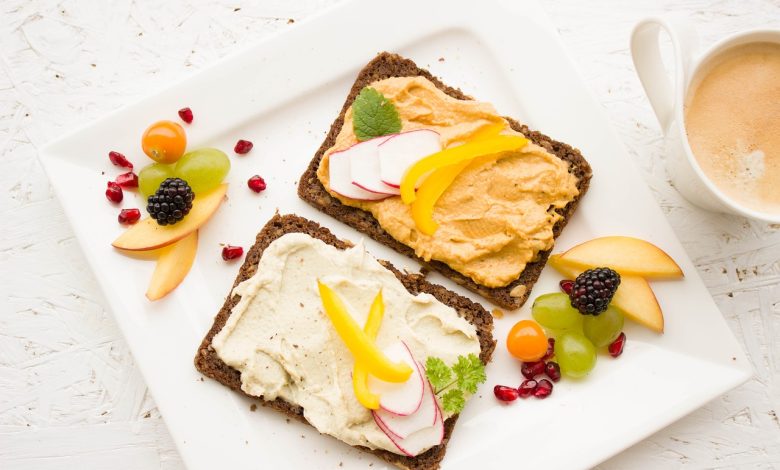Parboiling: A Culinary Technique for Enhanced Flavor and Texture

Cooking methods are an essential component in the process of transforming raw ingredients into mouthwatering food. The process of parboiling food stands out as a versatile and efficient cooking technique among the many approaches that are accessible. The flavor and consistency of a variety of products can be improved through a technique called parboiling, which involves partially boiling food items before further processing. In this piece, we will go into the technique of parboiling, discussing its many uses in the culinary world as well as its many advantages and the procedure by which it is performed.
Advantages of Using a Parboiler
The process of parboiling offers a number of important benefits, which contribute to its widespread use in both professional kitchens and private households. To begin, it shortens the amount of time needed to cook particular ingredients, which in turn makes the process of preparing meals substantially more expedient and effective. Second, the process of parboiling helps to improve the texture as well as the flavor. For example, in contrast to typical uncooked rice, rice that has been parboiled before being cooked results in a texture that is both firm and tender, and the grains remain distinct.
In addition, the process of parboiling food helps remove contaminants and unpleasant components, which contributes to an overall improvement in the quality of the meal. This method is especially effective for components such as cereals, vegetables, and meats since the process of partial boiling helps to soften the harsh exteriors of these components while simultaneously minimizing the amount of time needed for later stages of cooking.
The Procedure for Parboiling
The method of parboiling is quite simple but does require some attention to detail. It consists of three steps: soaking, boiling, and drying. Let’s take a more in-depth look at each step, shall we?
Soaking is the first step in the parboiling process, and it is typically done in water. The food item is allowed to sit in the liquid overnight. This duration of time spent soaking might last anything from a few minutes to a number of hours, depending on the component being used. The process of soaking grains or vegetables has more than one purpose; it not only eliminates impurities but also makes the grains or veggies more tender.
After being soaked, the food is then placed in a vessel that contains water that is brought to a boil. In order to impart flavor to the component, the water is traditionally seasoned with salt and/or various spices. The meal is subjected to a brief period of boiling in order to bring it to a state where it is just partially cooked. The exact amount of time that must be spent boiling an ingredient before it is considered sufficiently cooked varies widely depending on the type of food being processed; some require only a few minutes, while others may need significantly more time.
After the food has been partially cooked to the correct level, it is withdrawn from the boiling water and let to drain. The next step in the process is drying. It is essential to dry the component in order to stop it from getting mushy, which will make future preparation or storage much easier. Before moving on to the subsequent step in the cooking process, the food that has been partially cooked is dried using another means, such as spreading it out on a tray or using another drying method.
Utilizations of the Parboiling Process
The technique of parboiling can be used in a broad variety of different culinary settings. Rice is one of the most typical applications for this product. Before it is milled, rice that has been parboiled, often referred to as converted rice, goes through the process of parboiling. This method allows for the rice to be cooked more quickly, improves its texture, and helps to preserve the rice’s nutritional value.
The preparation of vegetables often includes the use of the parboiling method. For instance, vegetables with a rough texture, such as potatoes or carrots, might be parboiled to make them more tender and reduce the amount of time needed for their future cooking. When creating meals that call for a consistent level of cooking throughout the dish, this strategy is especially helpful.
In addition, the process of parboiling is an essential first step in a number of recipes that call for other techniques of cooking. For example, before grilling or roasting meat, it is possible to give it a brief boil in water to ensure that it cooks evenly and keeps its moisture. In addition, the method of parboiling is applied in the industrial processing of food, where it assists in the preparation of some items by partially cooking them prior to packaging.
Conclusion
The process of parboiling is an adaptable method of cooking that improves the taste, texture, and overall quality of a wide variety of ingredients. This method cuts down on the amount of time needed for cooking food, softens the harsh exteriors of the goods, and eliminates contaminants. The process of parboiling is useful for a broad variety of foods, including rice, vegetables, and meats, and can be used in both household and commercial kitchens.
Think about learning the skill of parboiling the next time you try something new in the kitchen; it’s an essential technique to have under your belt. The process of parboiling food is a vital tool that may take your dishes to new heights of culinary delight. Whether your goal is to save time, improve texture, or elevate flavors, parboiling can help.





